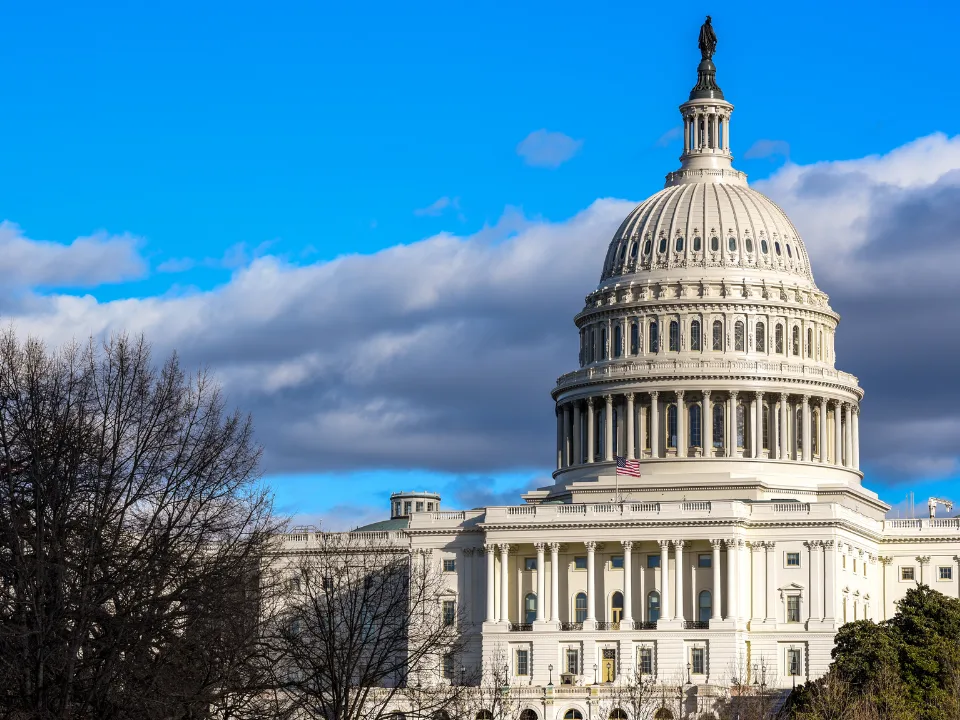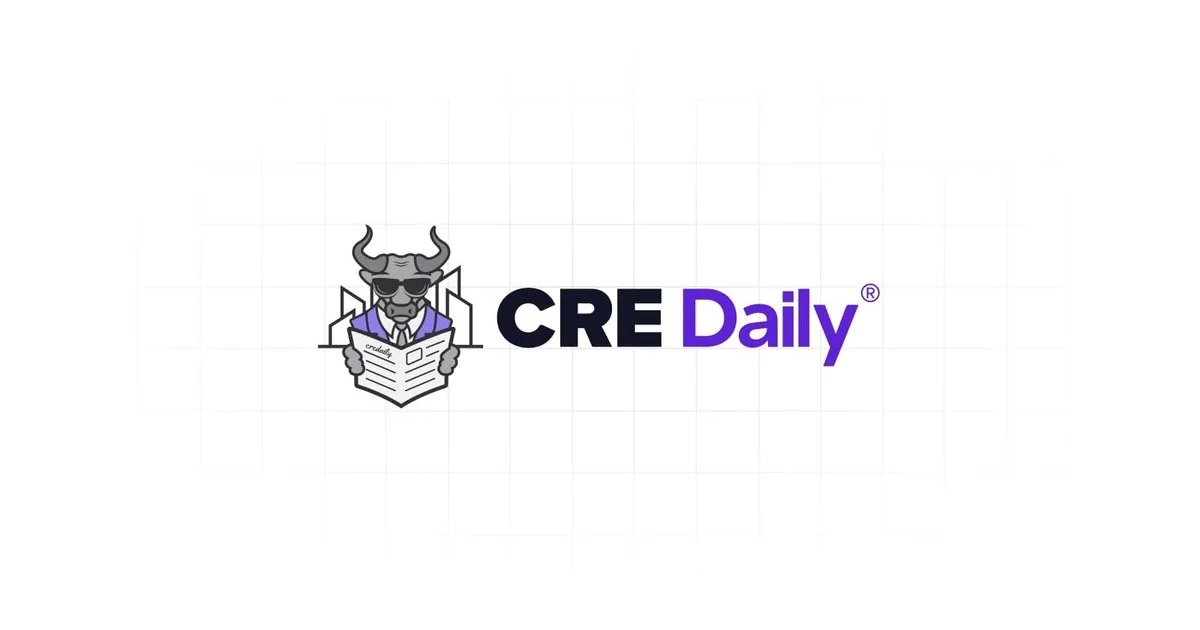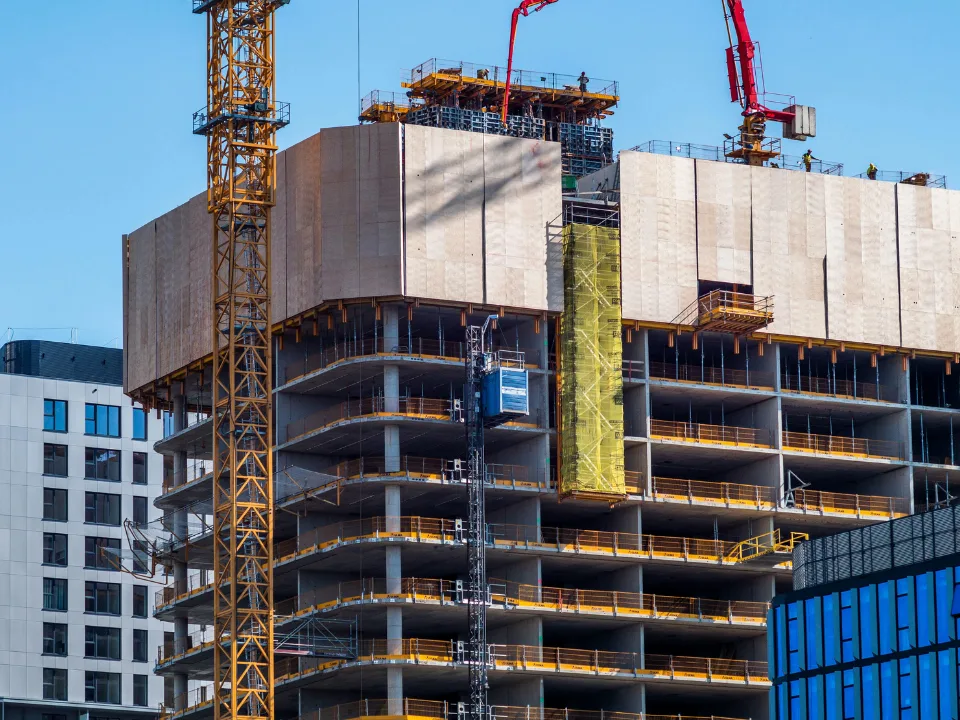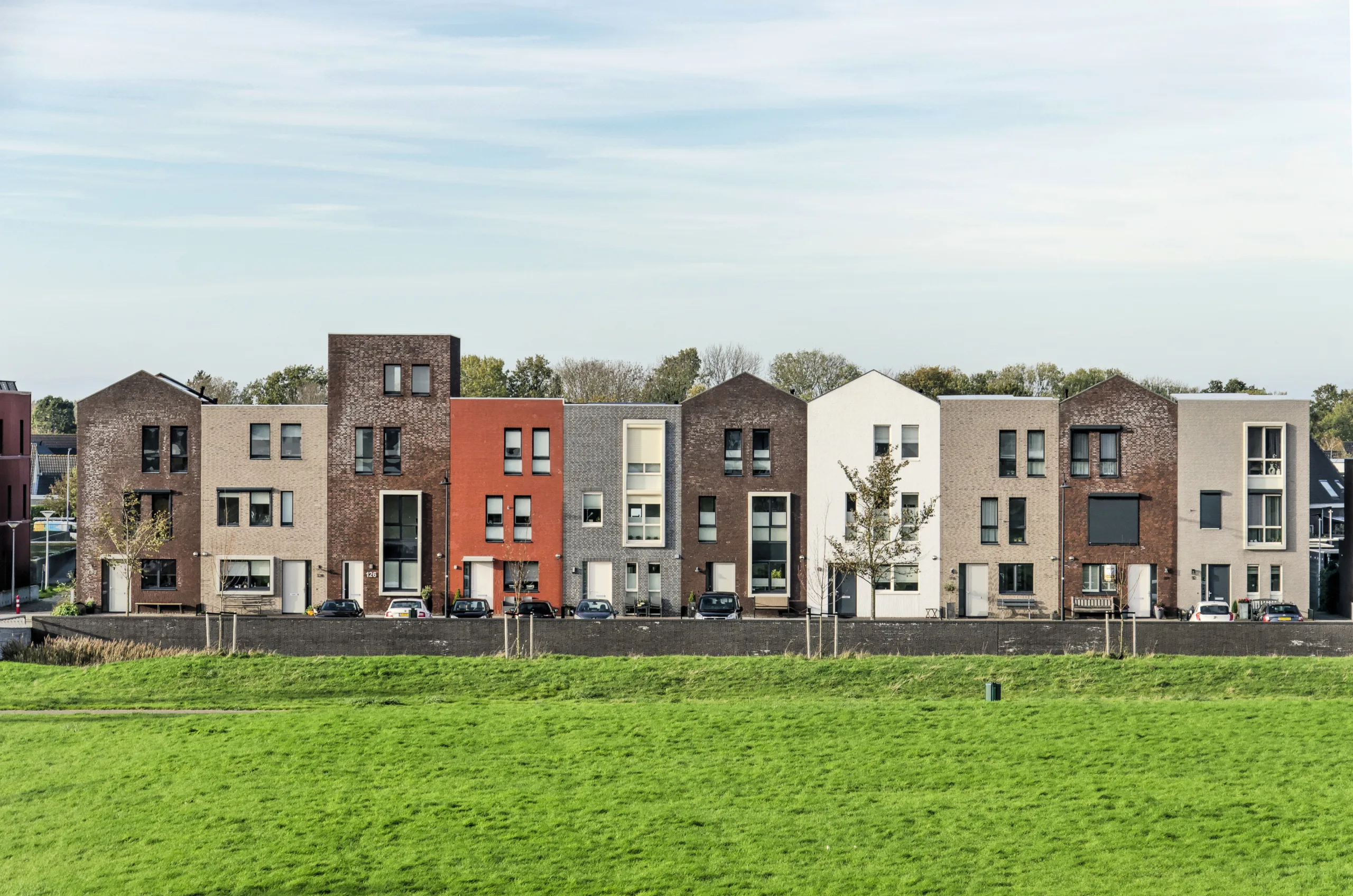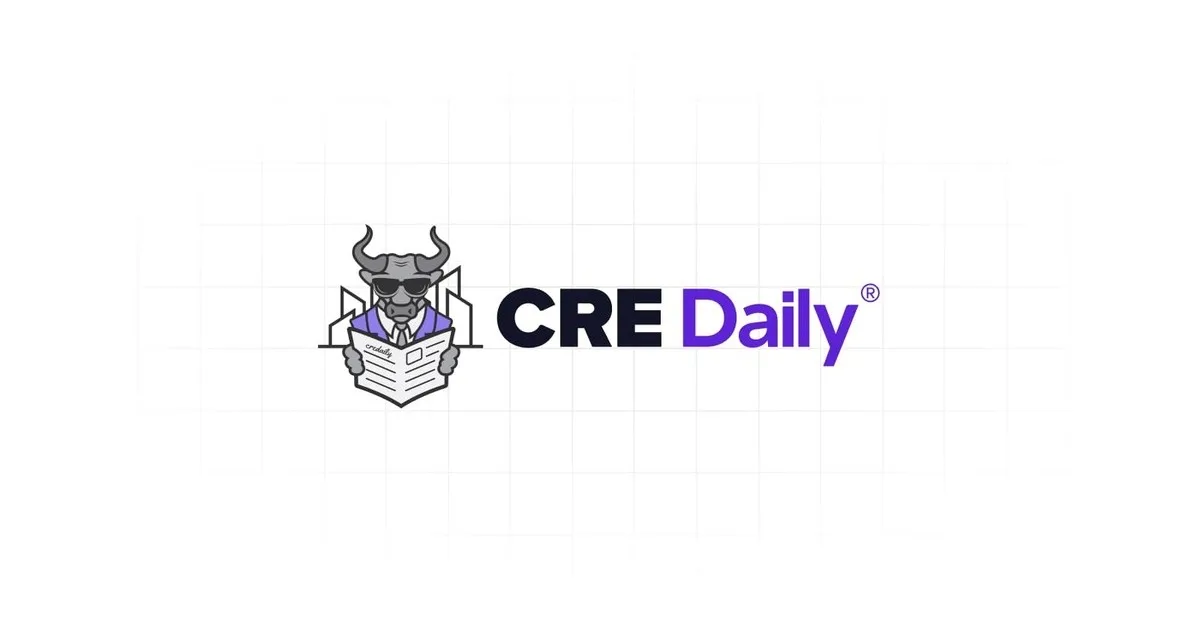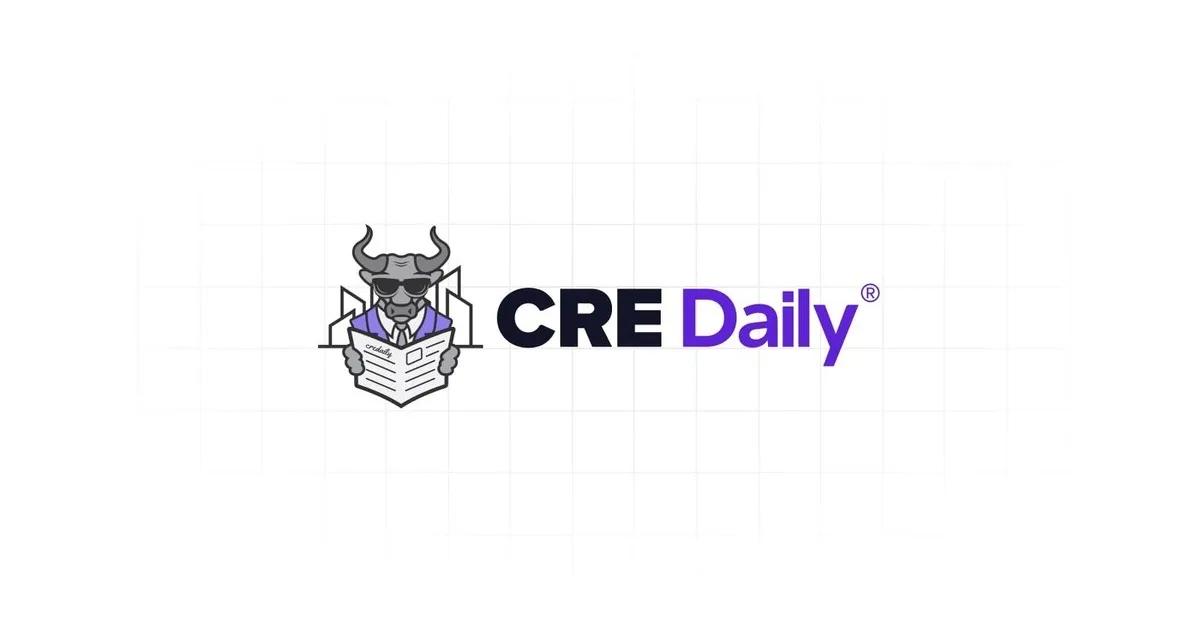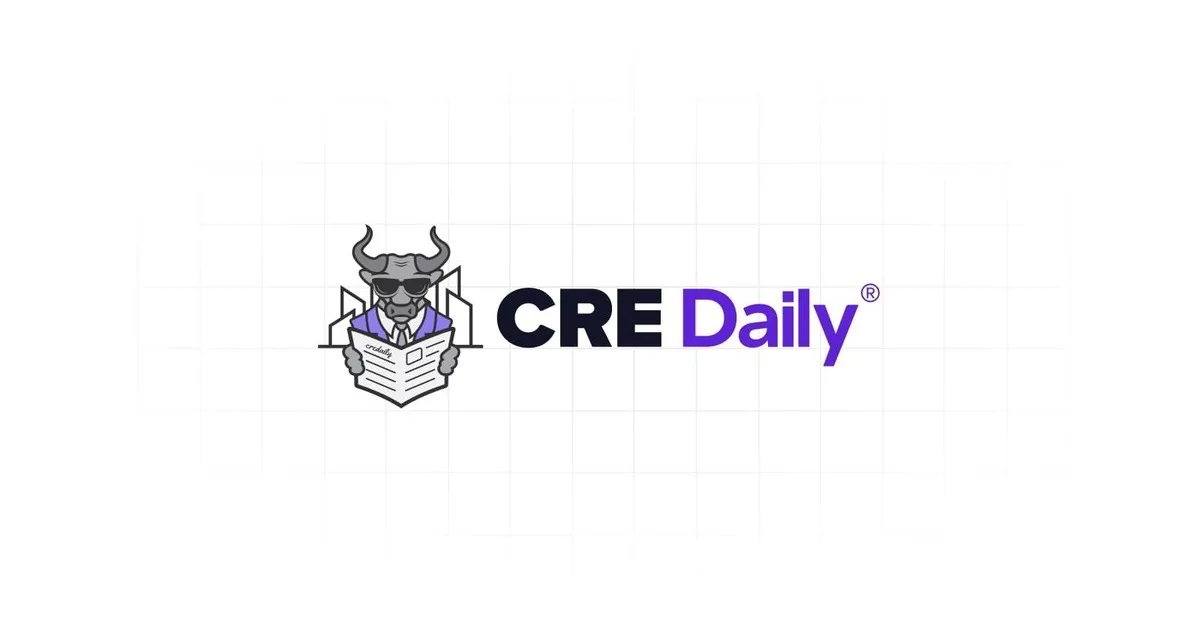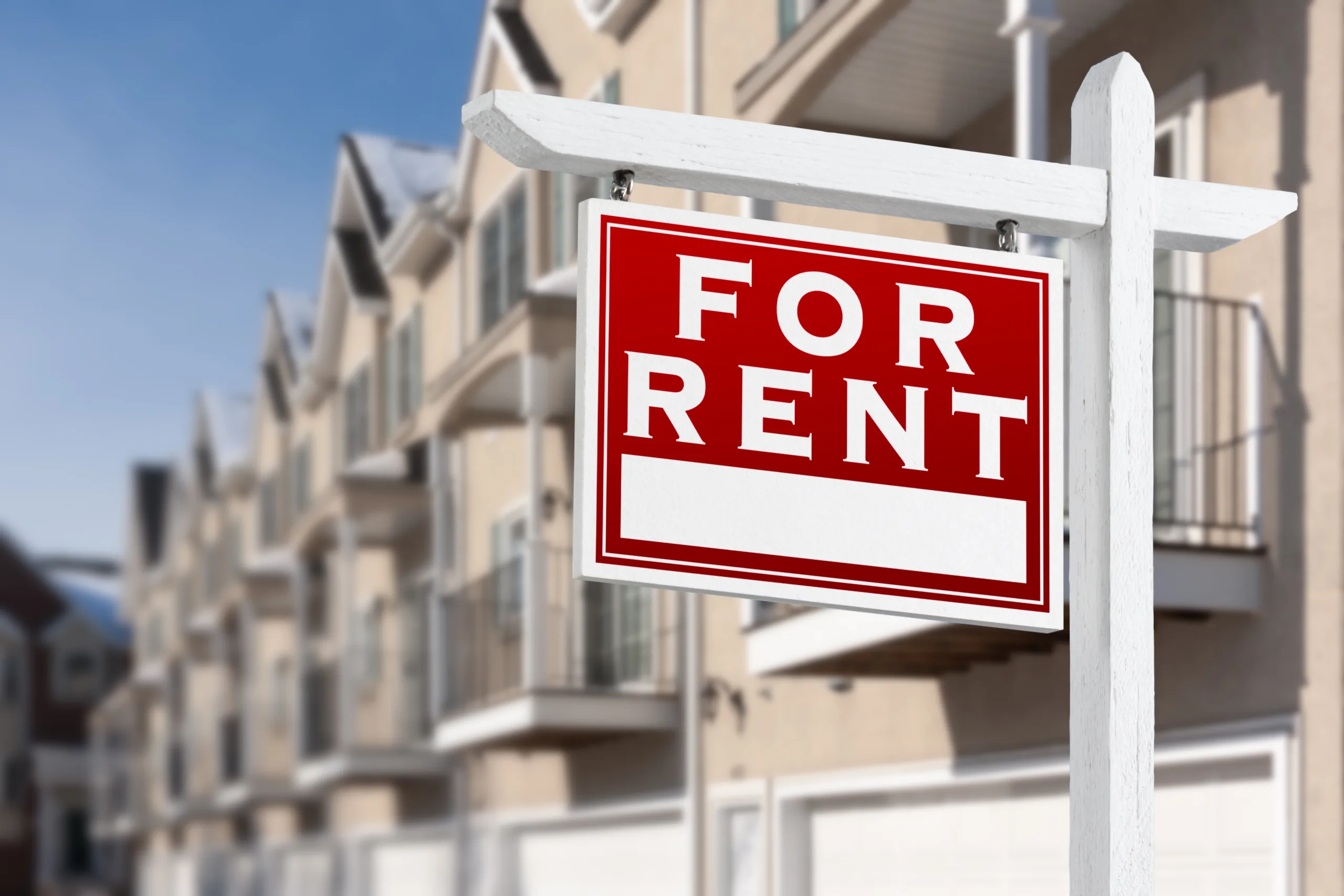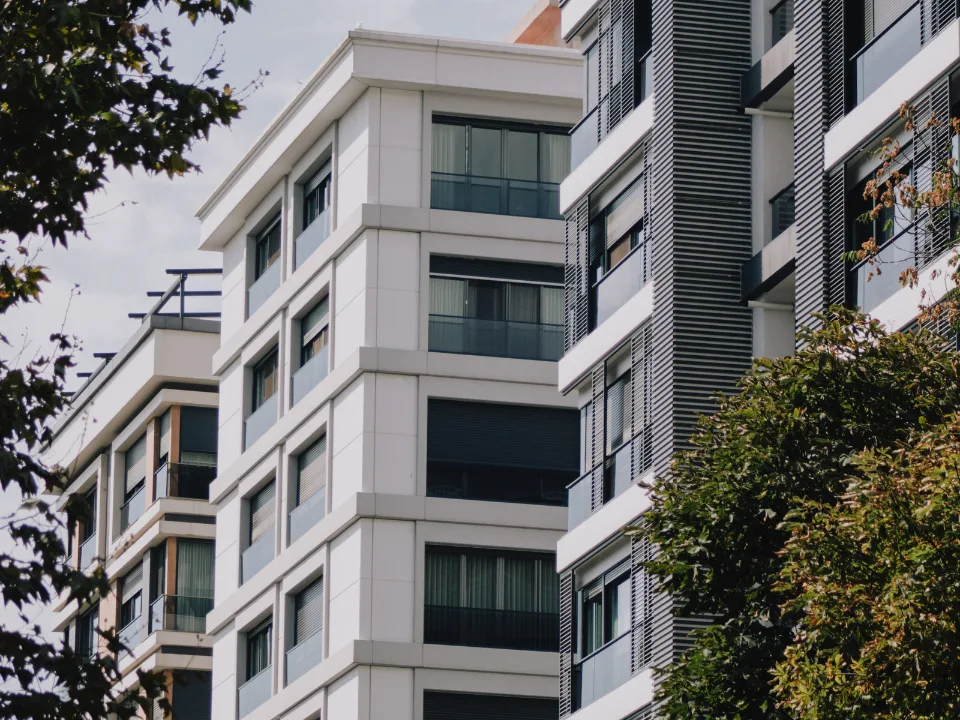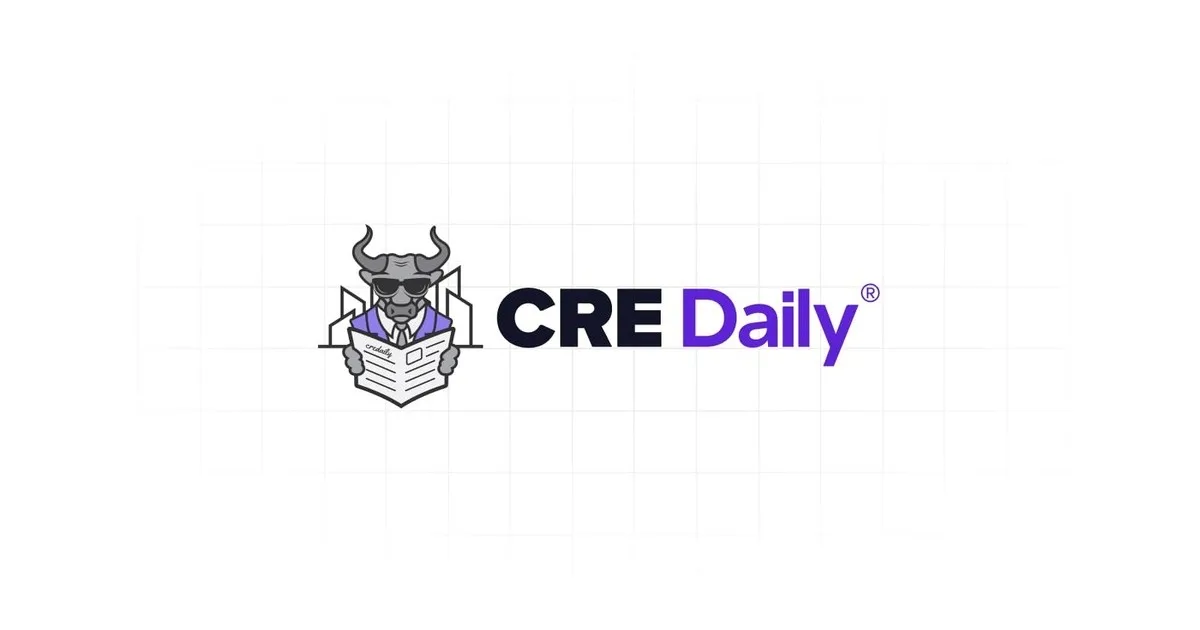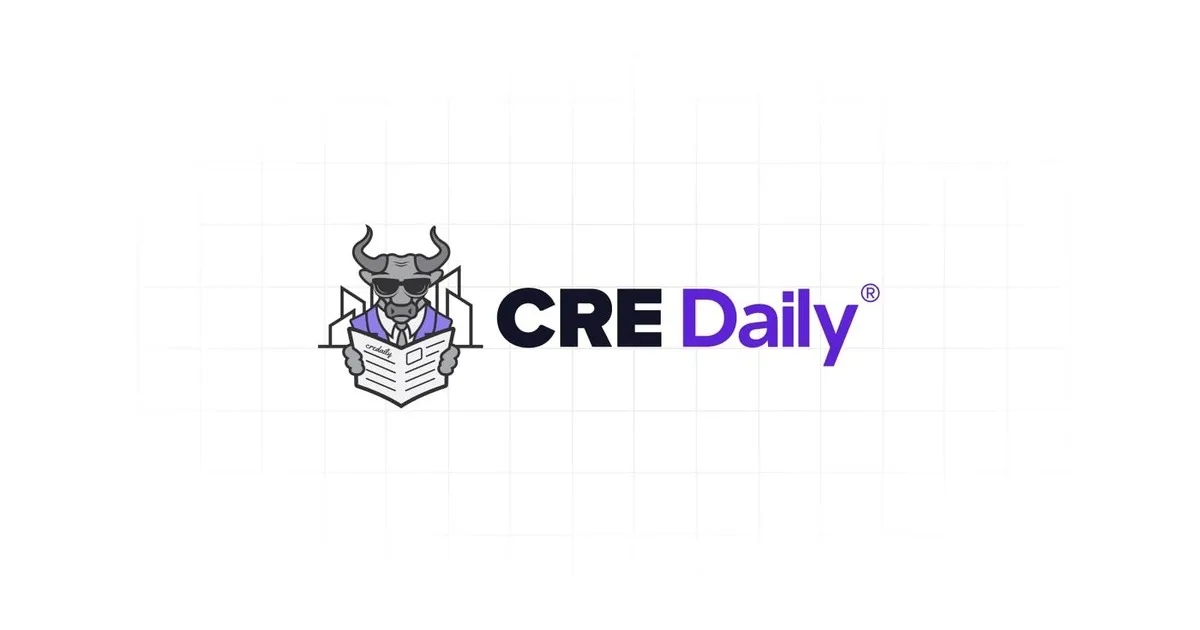- Suburban multifamily properties remain resilient, with strong occupancy rates and limited new supply, especially in secondary markets like the Midwest.
- Affordability continues to be a key driver, positioning suburban assets as a favored choice for both renters and investors amid tightening capital markets.
- Valuations for suburban assets are stabilizing, with signs of recovery expected into 2025 as new supply slows and demand remains strong.
Defying The Narrative
While urban cores have been hit by overbuilding and lagging rent growth, suburban multifamily assets are quietly outperforming expectations, reports GlobeSt. In the latest Multifamily Minute podcast from Cushman & Wakefield, experts highlight steady occupancy rates in suburban markets. They also point to enduring renter demand as a key strength. Together, these trends signal stability in an otherwise uncertain multifamily landscape.
Zach Bowyer, head of living sectors in valuation and advisory, explains that secondary markets like Columbus, Ohio, have largely avoided overdevelopment. These areas did not experience the recent wave of excessive construction seen in major urban markets. “They’re not dealing with the same supply shock that major urban centers are facing,” Bowyer said.
Affordability Fuels Demand
Affordability is increasingly recognized as a defining advantage for suburban apartments. Middle-market and workforce housing options in these areas are capturing a wide range of renters priced out of high-cost urban housing.
Federal policy is also playing a role in supporting the sector. HUD’s recent financing initiatives target middle-income households. These efforts are expected to expand access to funding and help developers meet the ongoing demand for affordable housing.
Get Smarter about what matters in CRE
Stay ahead of trends in commercial real estate with CRE Daily – the free newsletter delivering everything you need to start your day in just 5-minutes
Investment Fundamentals Hold Steady
Despite widening cap rate spreads in the broader market, suburban multifamily properties—particularly in the Class A segment—are seeing relatively narrow pricing gaps.Even Class B and C assets are seeing consistent demand. A limited construction pipeline is also helping support their performance. This combination insulates them from the oversupply issues affecting luxury urban developments.
Valuations Point To Modest Recovery
Cushman & Wakefield anticipates a gradual valuation recovery in 2025 as supply peaks and investor interest shifts toward more stable assets. Bowyer notes that suburban properties are gaining appeal among institutional investors. This trend extends beyond the Sun Belt to a broad range of secondary and tertiary markets. Many of these areas are supported by strong job growth.
“The market underestimates the level of demand at the doorstep of the sector,” Bowyer said.
Why It Matters
The multifamily sector is currently facing pricing volatility and oversupply risk. Amid these challenges, suburban properties stand out for their consistent performance and lower downside exposure. Their mix of affordability, stable demand, and limited new supply makes them attractive to investors looking for defensive strategies in a shifting market.
What’s Next
As developers scale back on new projects and capital becomes more selective, suburban multifamily remains well-positioned for sustained institutional interest. Middle-market housing is likely to attract more attention, particularly in underserved areas where demand is strong and long-term fundamentals remain solid.
